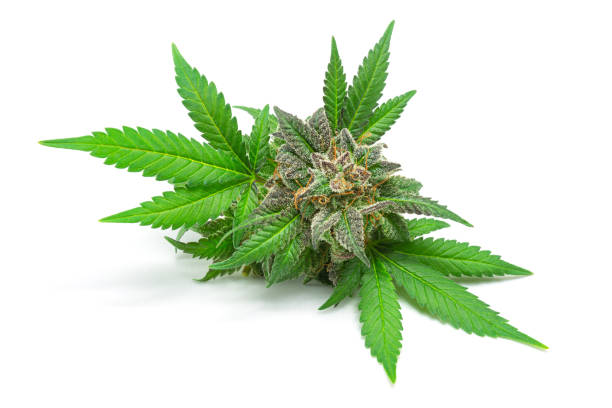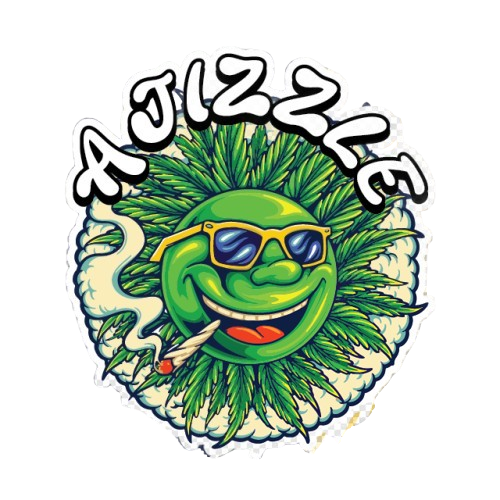How to Use THCA Flower Safely: Dosage, Routes & Best Practices
The non-intoxicating compound of THC in raw hemp and the cannabis flower is called THCA (tetrahydrocannabinolic acid). During heating in the form of smoking, vaping, or cooking, THCA is decarboxylated to Δ9-THC, which may have psychoactive effects. To individuals purchasing THCA flower on ajizzle.store or other websites, understanding the behavior of THCA as well as taking a few straightforward precautions will result in a more intelligent and confident usage.
Understand what you’re buying
You have to always begin the process of verifying the product. Credible farmers include third-party Certificates of Analysis (COAs) with the cannabinoid potency and contaminants (pesticides, heavy metals, solvents, and microbes). A clear COA is the only sure way to confirm that a product is what it claims to be and safe to eat.
Reading a COA and smarter dosing
In assessing a COA, the cannabinoid breakdown (THCA, THCV, CBD, THC) and date and lab name, pesticide, heavy metals, solvents, and microbial contaminants screens should be checked. During the receipt of the product, ensure that the batch or lot number on the COA is the same as that of the product packaging. To dose, it is better to use pre-labeled products in case you desire reproducible effects; with flower, purchase little at a time as you get familiar with the effects of a strain on yourself. Simply record the dose, method, and timing so you may reliably and safely establish a routine that you do not overconsume.

How people commonly use THCA flower
- Cold/raw use: Some consumers use raw flower in smoothies or juicing to access non-intoxicating THCA compounds.
- Inhalation (smoking or vaping): Heat converts THCA into THC rapidly, producing immediate effects.
- Decarboxylation for edibles: Intentionally heating the flower before infusing it into butter or oil creates potent edibles with long-lasting effects. Each method carries different safety considerations and dosing expectations.
Safety checklist — quick essentials
- Verify third-party lab reports (COAs) before purchase.
- Start low and go slow: take a small puff or a low edible dose and wait to assess effects. For inexperienced users, consider starting with half or a quarter of a serving listed on edible products, and note how you feel so you can adjust responsibly next time.
- Don’t mix with alcohol or other medications without medical advice. Cannabinoids can interact with liver enzymes (CYP450) and alter levels of some prescription drugs.
- Avoid use if pregnant, breastfeeding, or under your jurisdiction’s legal age.
- Never drive or operate machinery while impaired.
- Store products securely away from children and pets in airtight containers, kept cool and dark.
Inhalation: practical steps for safer sessions
- Confirm the COA and buy from licensed vendors.
- Prepare a small sample session: take one short inhale (a gentle puff), then pause. Wait 10–30 minutes to see how you respond before taking more. Inhalation produces effects quickly, so it’s easier to titrate than edibles.
- If you have respiratory issues, avoid smoking and consider alternatives — vaping or non-heated options — but be aware that vaping still involves inhaling aerosols that may irritate sensitive lungs.
- Keep a friend nearby if you’re new to psychoactive effects, and avoid unfamiliar combinations (e.g., mixing with alcohol).
Making edibles from THCA flower — safer approach
In case you are planning to prepare psychoactive edibles, you have to decarboxylate the flower to activate THC. Decarboxylation is a process dependent on heat and time; improper handling may cause uneven strength. To maintain a steady dosage, follow exact recipes, use the right tools, pay attention to concentrates and lab-tested or pre-dosed edibles by reputable producers, and begin with a low dosage. Wait two hours before redosing yourself; edible action is protracted and prolonged.
Drug interactions and medical cautions
Cannabinoids can affect liver enzymes and interact with the most commonly used medications, such as blood thinners, antidepressants, and seizure medications. THCA products should not be used without consulting a healthcare professional in case you are taking prescription drugs. Similarly, do not take it without medical advice in case you have some medical background of heart disease, severe mental health conditions, and other serious medical issues.
Storage, handling, disposal, and legal reminders
Keep the flower of THCA in a container without air, light, and humidity to maintain the cannabinoid profiles and prevent the growth of moulds. Label products and make sure they are not accessible to children and pets. Dispose of the remaining material in a responsible manner – wrap and dispose of it in a good manner to avoid animals accidentally ingesting the material. The laws of THCA, hemp, and THC differ on the state and country level, and it is better to verify local laws before buying or using them.
Copyable safety checklist for product pages
- Verify COA (third-party lab report).
- Start low, go slow (small puff or low edible dose).
- Don’t mix with alcohol or prescription drugs without medical advice.
- Keep away from children and pets; don’t drive while impaired.
Final note and disclaimer
A safety-first approach makes THCA flower a more predictable and enjoyable product for beginners and experienced consumers alike. Keep a small journal of doses and effects during early sessions so you can find your individual sweet spot without rushing. This guide is educational and not medical advice. If you are pregnant, nursing, have a medical condition, or take prescription medications, speak with a healthcare professional before using THCA products.
Ready to browse lab-tested THCA flower and view COAs? Visit ajizzle.store to see current strains, lab results, and product details.

